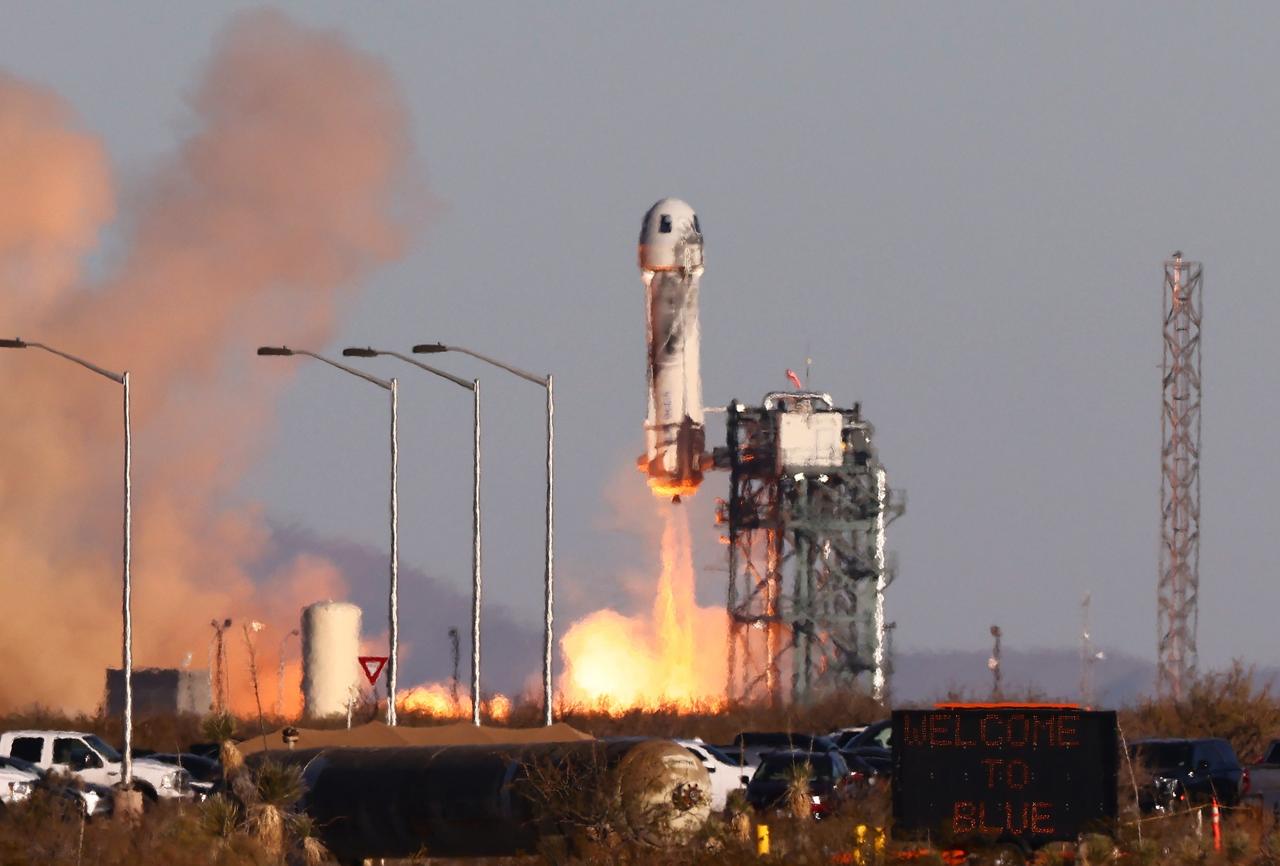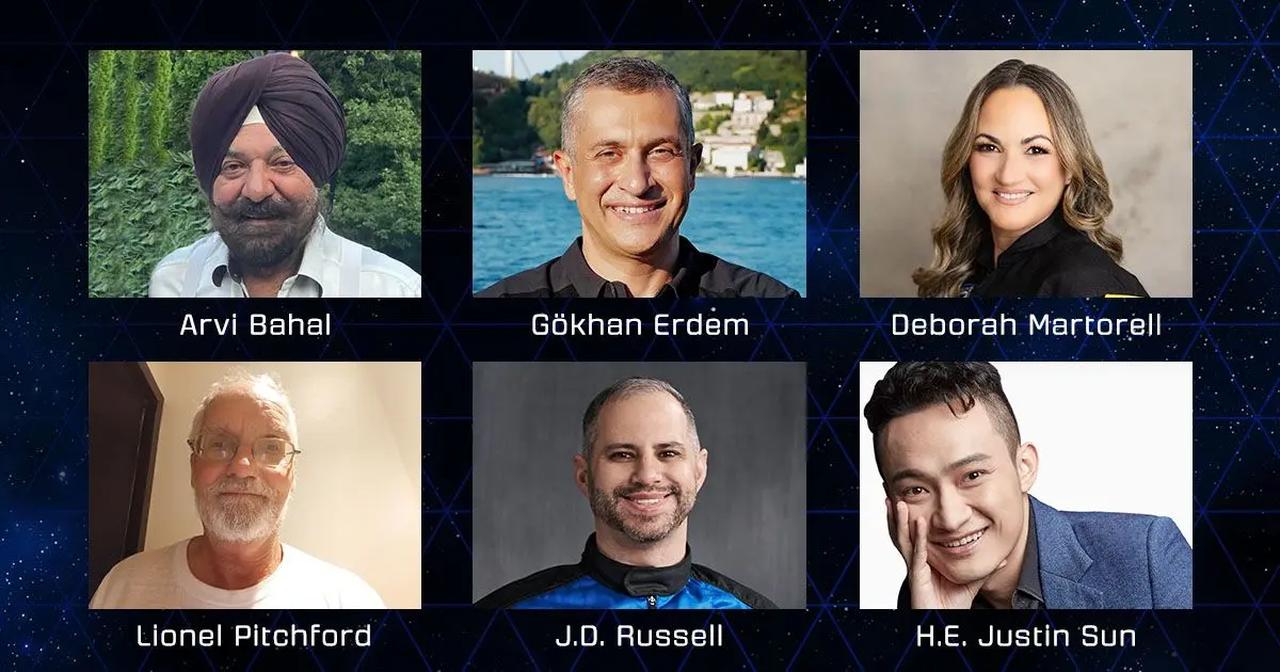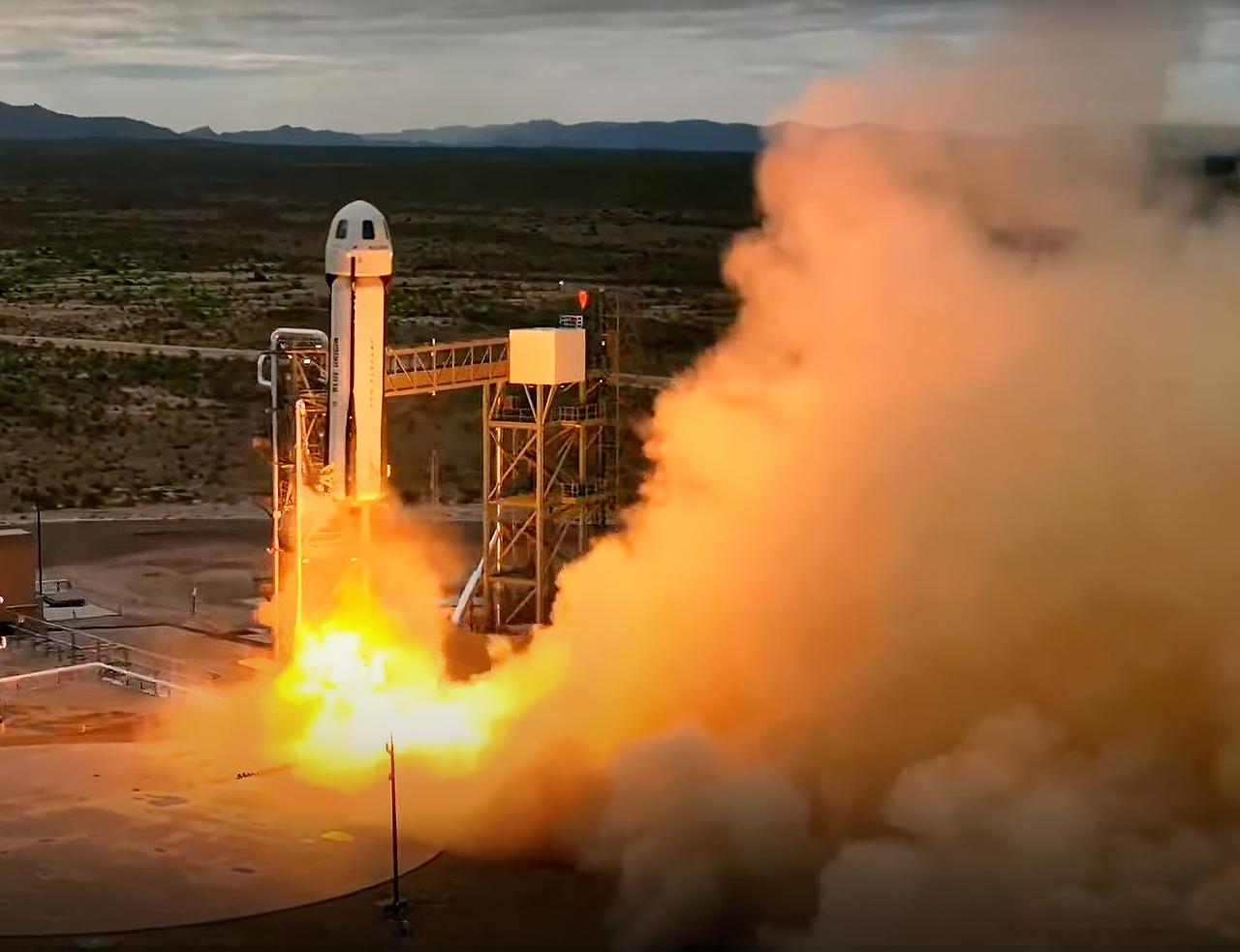
Turkish businessman Gokhan Erdem, a board member of Erdem Holding, will become Türkiye's third space representative aboard Blue Origin's New Shepard NS-34 mission set to launch on Aug. 3.
The flight, organized by space company Blue Origin owned by businessman Jeff Bezos, will launch Sunday at 3:30 p.m. Turkish time from Van Horn Base in Texas.
Following the successful completion of space science missions by Türkiye's first astronauts Alper Gezeravci and Tuva Cihangir Atasever, under the National Space Program, Erdem will undertake his journey through completely individual initiative.
Erdem will thus become the third Turkish space traveler, the first Turkish businessman to go to space, and the first Turkish citizen to fly with Blue Origin.

The fully autonomous New Shepard spacecraft, which has no pilot, will carry six passengers on its 14th crewed flight alongside Erdem.
The crew includes American entrepreneur and investor J.D. Russell, crypto world figure and TRON founder and Liberland Prime Minister H.E. Justin Sun, Puerto Rican meteorologist, journalist and NASA ambassador Deborah Martorell, British philanthropist and educator Lionel Pitchford, and India-born traveler and adventurer Arvinder Singh Bahal, who has visited 193 countries.

The NS-34 crewed spaceflight mission patch was designed with symbols reflecting the personal stories of the six crew members.
Erdem's cultural heritage is represented in the patch with the Bosphorus silhouette. The mission number NS-34 coincidentally matches Istanbul's license plate code of 34, creating a meaningful connection.

Other notable symbols include a "world figure" representing Arvi Bahal's passion for visiting all countries and polar travels, a "Puerto Rico" shape representing meteorologist Deborah Martorell's homeland, "Mount Everest" representing Lionel Pitchford's decades of work in Nepal, a "Book" representing J.D. Russell's foundation established in memory of his deceased daughter that supports children's education and first response teams, a "Banana" representing H.E. Justin Sun's interest in conceptual art, and a "Sun" representing both Justin Sun's presence and Deborah Martorell's meteorology background and the entire crew's new beginnings.
The launch will be broadcast live on Blue Origin's official website and social media accounts. Türkiye will be able to watch this special moment simultaneously with the rest of the world.

New Shepard, developed specifically for crewed suborbital flights by Blue Origin, is a fully reusable rocket system approximately 20 meters high with a takeoff weight of 35 tons.
The crew will experience several minutes of microgravity after crossing the Karman line at 100 kilometers, the internationally recognized boundary of space.
The vehicle consists of two main components—a booster rocket and a crew capsule—and operates as a fully autonomous system. The total journey will last 11 minutes. Through large windows, passengers will be able to observe Earth's curvature and the darkness of space with the naked eye.
The capsule and rocket module are recovered after landing and reused. This system was among the first technologies to make space tourism possible.